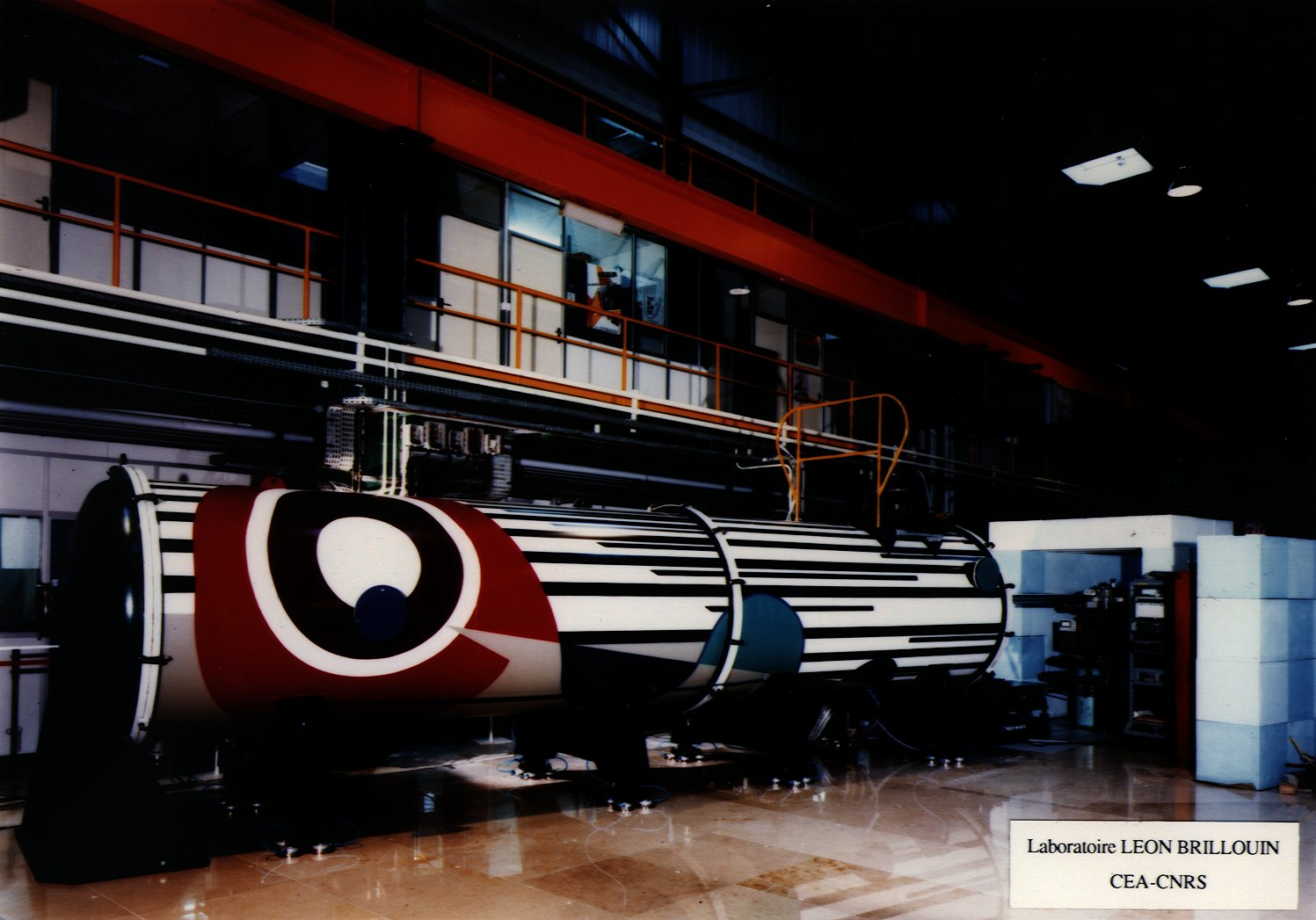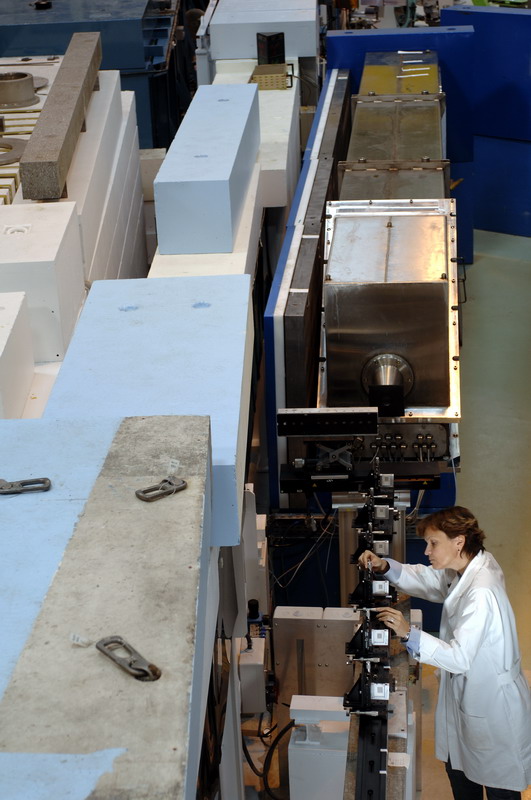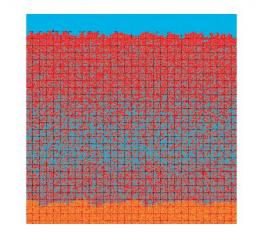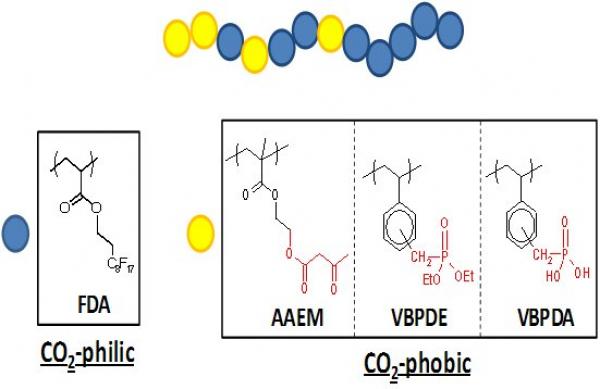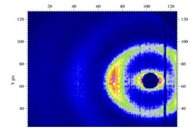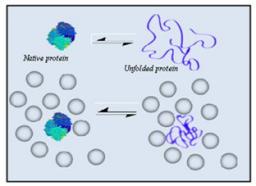Laboratoire Léon Brillouin
UMR12 CEA-CNRS, Bât. 563 CEA Saclay
91191 Gif sur Yvette Cedex, France
+33-169085241 llb-sec@cea.fr
Diffractomètres de "diffusion de neutrons aux petits angles" : PACE, PA20, PAxy, TPA
La structure sur des échelles de 1 à 100 nm


Le LLB dispose de 4 appareils de diffusions de neutrons aux petits angles (PA), de gauche à droite :
|
|
|
détecteur 2d XY |
|
|
|
|
|
|
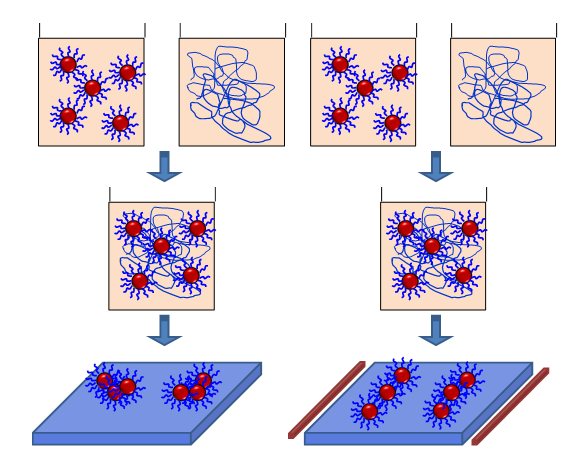
Différentes architectures moléculaires étudiées par diffusion de neutrons aux petits angles.
#535 - Last update : 08/28 2019
• Laboratoire Léon Brillouin (LLB)
• Equipe "Diffusion petits angles" • Groupe "Matière molle et biophysique" - MMB
• Diffusion des Rayons X aux petits angles / Small Angle X-Rays Scattering (SAXS)
More ...
This study investigates the long term behavior of glasses used for confinement of nuclear wastes. The results have been obtained from a fruitful collaboration between different CEA laboratories (LLB, LIONS, CEA Marcoule) and the Ecole Polytechnique. The corrosion process of the glasses by water creates at the glass surfaces, an alteration porous layer, hydrated and amorphous, called "gel".
Looking at micellisation of gradient copolymers in supercritical carbon dioxide.
The use of agricultural resources for industrial purposes will undoubtly be one of the major challenges of the 21 st century. Organic biosynthons used in chemistry should progressively replace those coming from fossil fuels. Our work on dispersions of fatty acids and hydroxylated derivatives forms part of these efforts in that it seeks to demonstrate the potential contribution of fatty acids (which may be extracted from plants) as a new class of surface active agents.
Following the synthesis by the ribosome, to carry out its biological function, a protein much fold into a single, well defined conformational state: the native state. Protein folding is thus the physico-chemical process by which a polypeptidic chain undergoes a structural change from an ensemble of coil like structure up to the unique structure encoded in its amino-acid sequence. This process is fascinating and remains one of the most challenging problems of structural biology.
The improvement of the mechanical properties of polymer films by inclusion of mineral particles is a well known industrial practice used since the end of the XIX century. A classical example is the rubber industry for which the addition of carbon black as fillers permits to increase the elastic modulus of the pneumatics. Nevertheless, the mechanisms which govern the reinforcement properties are still not completely described by experiments and theory.


